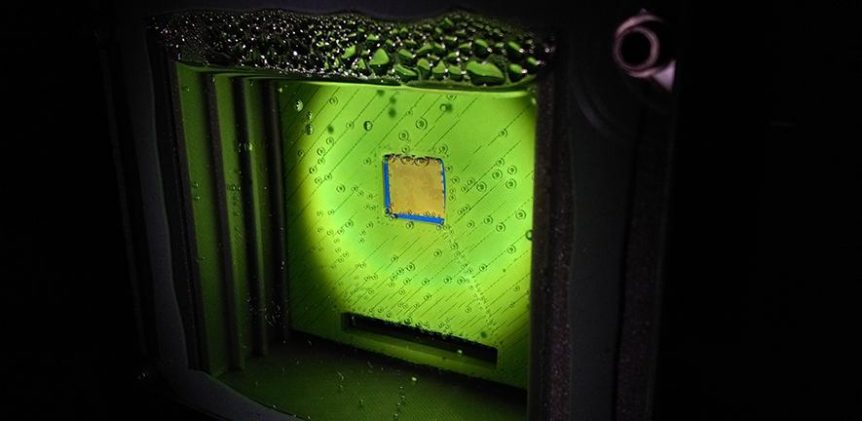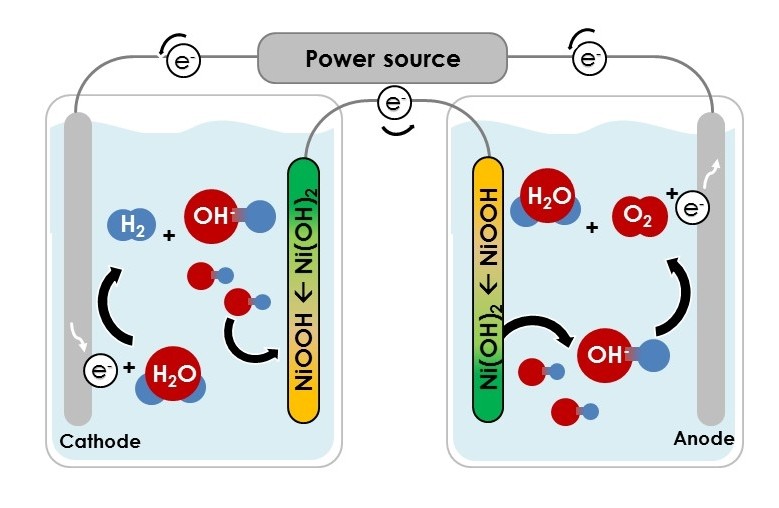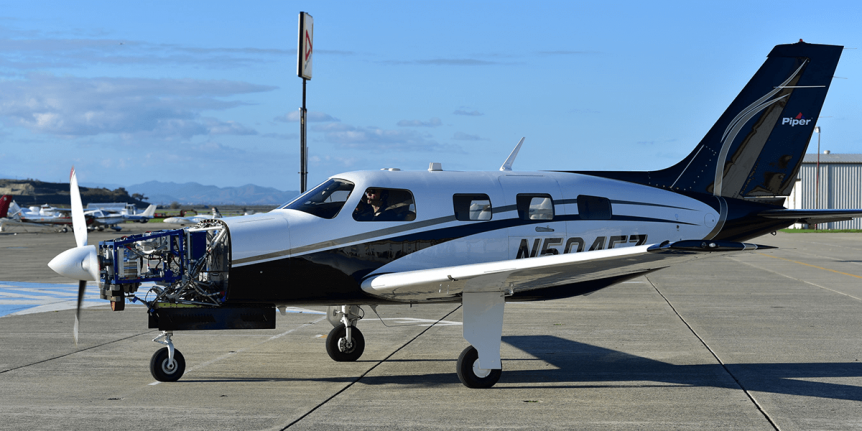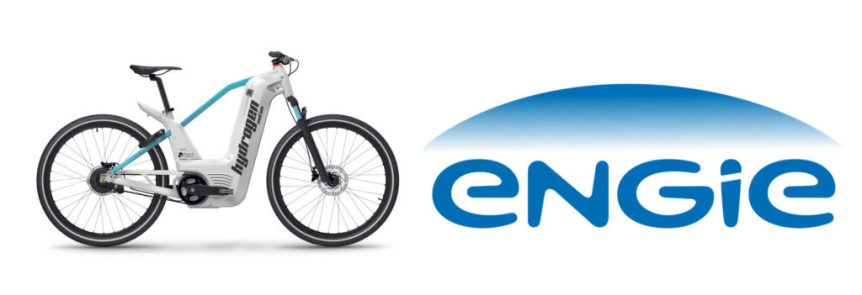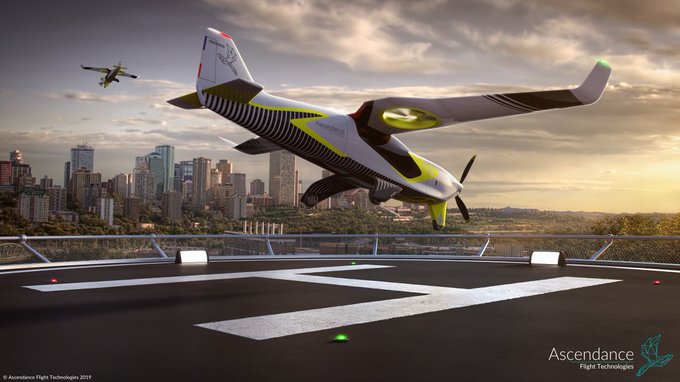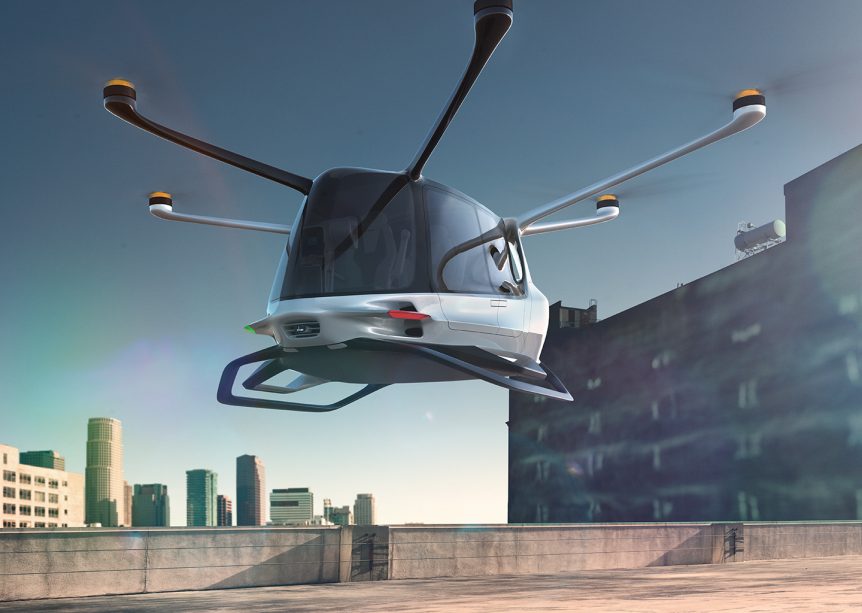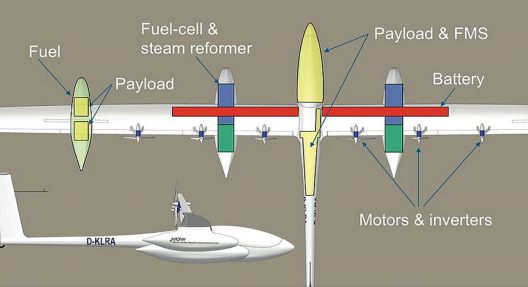Cambridge University researchers have developed a new “artificial leaf” that uses sunlight, carbon dioxide and water to directly generate “syngas,” without releasing additional CO2 into the atmosphere. As the Cambridge team reported, ‘Syngas is currently made from a mixture of hydrogen and carbon monoxide, and is used to produce a range of commodities, such as fuels, pharmaceuticals, plastics and fertilizers.” Other “leaves” have been devised, perhaps the most famous being that of Daniel Nocera, formerly at MIT and now at Harvard University. He was among the first and at the time, most successful, or the leaf producers. Note the next step he proposes at the end of the short video. Professor Erwin Reisner from Cambridge’s Department of Chemistry has been working for seven years on achieving Nocera’s desire to directly produce fuel from the elements. “You may not have heard of syngas itself but every day, you consume products that were created using it. Being able to produce it sustainably …
SAS 2019 – Gabriel DeVault’s Clean Commute and Electric Adventures
An electric ultralight developer brought some hopeful notes to the Sustainable Aviation Symposium audience at the University of California Berkeley. Gabriel DeVault is the powertrain development specialist for ZeroAvia, bringing hydrogen power to regional air commuting. He does a lot of commuting in his own electric aircraft, showing that one doesn’t need huge investments in aircraft and infrastructure to enjoy green flight. The Paul MacCready Honorary Lecture: Doing More with Less, Right Now! An Aerospace Engineer and EV systems architect, Gabriel was a founding member of Zero Motorcycles, running R&D for the world’s largest and most successful electric motorcycle company. He now works for ZeroAvia, a firm in Hollister, California working with a hydrogen-powered electric Piper Malibu as the first step toward developing clean aerial commuters. He has worked for JOBY Aviation and designed the HEIST (Hybrid-Electric Integrated Systems Testbed), a Peterbuilt semi pulling a rolling wind tunnel with the high-mounted X-57 Maxwell wing and power system helping pull things …
Technion Splits the Process and Splits Hydrogen Efficiently
Technion is an interdisciplinary technology institution based in Haifa, Israel. Two years ago, it began promoting its unique approach to splitting water to extract hydrogen. One of the researchers on the project won a three-minute thesis contest with her quick and eloquent explanation of photoelectric chemical water splitting, key to the research team’s approach. Point of Sale Delivery The Jerusalem Post reported, “Technion-Israel Institute of Technology researchers have developed a new method for the production of hydrogen from water that uses solar energy in a centralized way at the point of sale, such as a gasoline station for electric cars fueled by the gas.” (Editor’s italics) The article explained, “This eliminates the need for ‘solar farms’ whose hydrogen has to be trucked a long distance, making the process cost effective, safe and efficient.” Published two years ago in Nature Materials, the study was led by Avigail Landman, a doctoral student in the Nancy & Stephen Grand Technion Energy Program and …
Clean Hydrogen from Dirty Sources
Proton Technologies of Calgary, Canada has a startling approach to obtaining clean hydrogen – extraction from some of the dirtiest sources on earth. Considering the company plans to pull hydrogen from fairly filthy tar sands, their Hygenic Earth Energy almost seems like a misnomer. Tar sands oil extraction has been enormously controversial, with issues including arboreal forest destruction, native tribal displacement, and air and water pollution. Proton hopes to ameliorate these problems in Alberta and elsewhere with adherence to this mission statement: “To rapidly transform energy systems worldwide—profitably and sustainably—might sound like a dream. However it is entirely reasonable, perhaps inevitable, if you accept… “Four Key Premises: “1. Hydrogen is the foundation to a sustainable energy future “2. The high cost and carbon emissions from hydrogen production are the only remaining obstacles “3. Proton’s hygenic earth energy eliminates these obstacles “4. The massive existing hydrogen market allows for rapid commercialization.” Testing Their Premises To develop their dream and test the real-world implications …
ZeroAvia Counts on Hydrogen
Tucked away in the quiet little airport at Hollister, California, ZeroAvia has stealthily been developing a hydrogen-powered Piper Malibu, and flying it for the last six months. It sounds like a regular aircraft taking off and passing overhead, even with its two 130 kilowatt (174.26 horsepower) electric motors. ZeroAvia claims 275 kW (369 hp) for the pair. From the videos, propeller noise seems to be much the same as a conventional, internal-combustion powered Malibu, but lacks the added noise of the engine. Piper M-series aircraft are normally powered by a Teledyne Continental Motors TSIO-520BE engine rated at 310 hp (230 kW). Valery Miftakhov, ZeroAvia’s founder and CEO announced, “Right now we have an aircraft that’s six seats and 2 tons as an R&D demonstrator. Next year we’ll have a 20-seat aircraft and we’ll submit the design for [Federal Aviation Administration (FAA)] certification. That’s what drives the 2022, 2023 timeline. At that point, we’re expecting to have certification and put the …
Pragma Triples Kilometers on Hydrogen Fuel-Cell Bikes
Six years ago, we ran a story on hydrogen fuel-cell powered bikes that could travel limited distances, and used canisters of fresh hydrogen to quickly replenish the bike’s energy. Pragma Industries has introduced a much-improved version of that bike, with range up to 150 kilometers (93 miles). A pedelec (the motor kicks in when the cyclist pedals), the bike has a unique look and a compact propulsion system. The system consists of a Brose 36 Volt motor, a 150 Watt PEM (Proton Exchange Membrane) fuel cell, and 150 Watt-hours of lithium-ion batteries in the bike’s down tube. Pragma has a large amount of material on its technologies, including a helpful explanation of fuel cells and their operation, and a great collection of scientific papers on fuel-cell related topics. Business Insider reports, “The firm’s Alpha bike runs for about 100 km (62 miles) on a two-liter tank of hydrogen, a range similar to an electric bike, but a refill …
Atea Looks Like a Cessna Overhead
French company Ascendance Flight Technologies offers a four-seat design that combines hybrid propulsion with vertical takeoff and landing capabilities, and then scoots around on conventional wings. Etea’s technology seems a lot like that of Pipistrel’s 801 or several other eVTOLs. Some Historical Perspective The design team at Ascendance comes from Airbus, and claims to have made the first electric aircraft flight across the English Channel with the E-Fan 2.0. Your editor offers a few minor inclusions. First, as we reported on October 10, 2009, “Gerard Thevenot, a long-time championship-level hang-glider pilot, celebrated the centennial of Louis Bleriot’s flight across la Manche by flying his hydrogen-powered La Mouette hang glider over roughly the same route Bleriot took between Calais and Dover on August 6, 2009. Missing the centenary by a few days (Bleriot made the hop on July 25, 1909), Thevenot took an hour and seven minutes to duplicate the trip Bleriot managed in 37 minutes.” It was an Eck/Geiger propelled machine, …
Alaka’i Skai Levitates on Hydrogen
Alaka’I is Hawaiian for “the value of leadership” according to an island management consulting firm. The word and the company have found a home in Boston, Massachusetts, where they look over the Alaka’i Skai, a hydrogen-powered sky taxi that will offer “point-to-any-point transportation that [is] safe, simple, zero-emissions, affordable and comfortable.” Alala’i, founded by Brian Morrison, adds a hydrogen fuel cell hybrid-electric craft to the eVTOL market with a design by BMW-owned Designworks. From above, it looks a bit like a water-skipper, probably an apt look considering its fuel. Alaka’i emphasizes three points in its sales literature: simplicity, safety and the cleanness of its fuel and operation. With several patents supporting the aircraft the machine supports its creators’ backgrounds, including 20 years with NASA. Alaka’I claims the fuel cells are 95-percent reusable, the remaining five percent are 99-percent recyclable, with longer duration and range than its current competitors. Its “simple” fuel system with three separate fuel cells enables its ability …
Phosphorene Nanoribbons may Enhance Batteries, Solar Cells
A great deal is made of how many great scientific discoveries are made by accident for everything from penicillin to Post-its®. With no fewer than ten authors for the Nature letter “Production of phosphorene nanoribbons,” their discovery hardly seems “accidental.” The letter, authored by Mitchell C. Watts, Loren Picco, Freddie S. Russell-Pavier, Patrick L. Cullen, Thomas S. Miller, Szymon P. Bartuś, Oliver D. Payton, Neal T. Skipper, Vasiliki Tileli and Christopher A. Howard, explains their happy “accident.” A Happy Accident “Nanoribbons, meanwhile, combine the flexibility and unidirectional properties of one-dimensional nanomaterials, the high surface area of 2D nanomaterials and the electron-confinement and edge effects of both. The structures of nanoribbons can thus lead to exceptional control over electronic band structure, the emergence of novel phenomena and unique architectures for applications.” The discoverers of phosphorene nanoribbons were trying to separate layers of phosphorus crystals into two-dimensional sheets, but they ended up with “tiny, tagliatelle-like ribbons one single atom thick and only 100 atoms of so across, but up to 100,000 …
UMass Lowell Puts Hydrogen in a Canister
One problem with recharging electric vehicles is finding a charging station on the road. Electric vehicle makers provide GPS clues on their moving map displays, and electric pilots will doubtless have markers for fields with appropriate facilities for our future E-flyers. Researchers at the University of Massachusetts at Lowell may have done an end run around that problem, though. Their “new technology uses water, carbon dioxide and the metal cobalt to produce hydrogen gas on demand at a relatively low temperature and pressure.” The hydrogen produced goes directly to a fuel cell which generates electricity and powers the EV’s motor, rechargeable battery and headlights. When the canister that contains the H2 is empty, the driver can swap it with a “full” one. The researchers haven’t shared a great number of details, but we can guess the volume and weight of the canisters based on similar applications on the Pipistrel H4 and e-Genius, the much tested first and second-place winners, respectively, …

